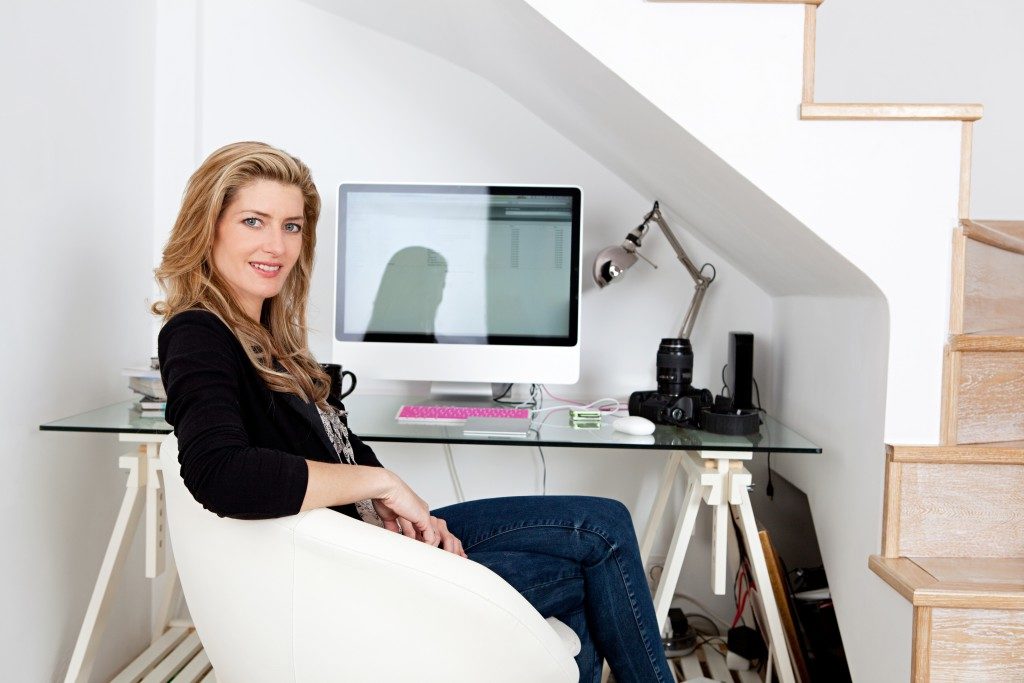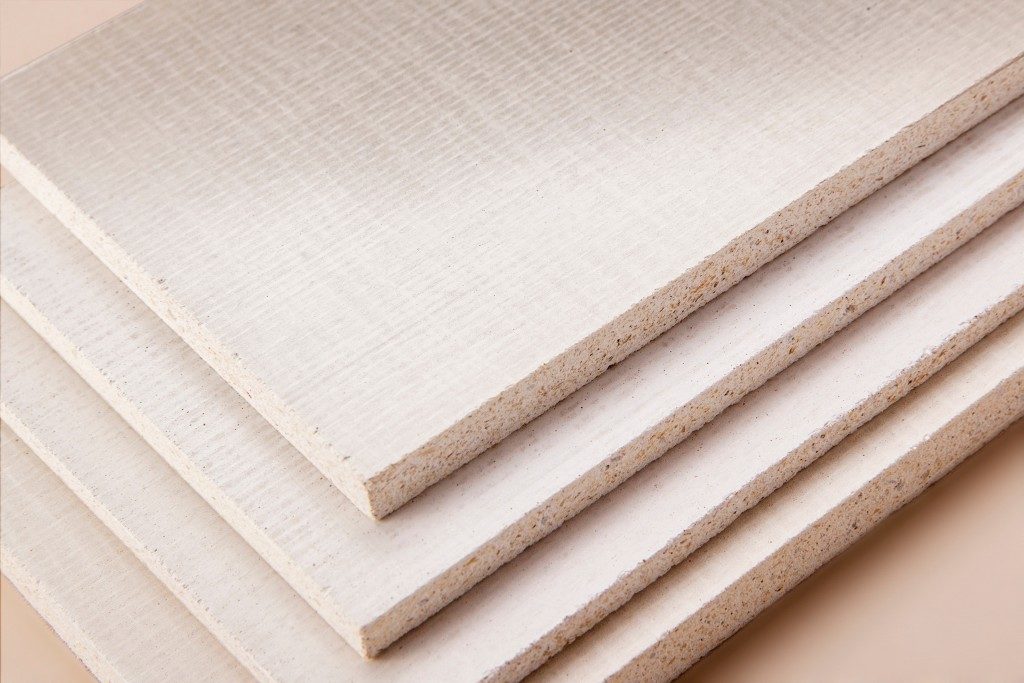2 out of 3 Australians will develop skin cancer before they reach 70 partly because of geography and partly because of genealogy. The fair skin of the majority of Australians leaves them vulnerable to sun damage and being close to the equator means Australia gets hit with higher concentrations of sunlight. You probably take precautions against sun damage when you go out into the sun, but what about when you’re indoors? Harmful UV can damage your skin when you least expect it, even in the safety of your own home.
At Home
Unless you spend most of your time in the basement, you probably can’t avoid the sun in your own home. Glass windows and doors meant to let natural light in also serve as pathways for harmful UV radiation. Of course, you probably don’t want to apply sunscreen in your own home so you’ll need other measures to stay safe.
Building a patio over your glass windows and doors should reduce direct sunlight and make your house a little cooler. Heavy shades can keep sunlight out, but they can also make your house look gloomy. One way to make your house safe from the sun without changing its appearance is UV-filtering film. These sticker-like films can be applied to glass, allowing them to let sunlight in without the harmful UV radiation.
At Work
If your work takes you outside often, make it a point to wear protective clothing (arm sleeves, wide-brimmed hats, etc.) or bring an umbrella on particularly sunny days. Time your trips when the sun is out or when it’s close to the horizon. Inside the office, there’s very little you can do and high buildings with big glass widows will leave you and your colleagues vulnerable to constant UV exposure and sun damage. You can ask the higher-ups to let you switch to a less exposed area or you can get your coworkers together and petition management to put UV protection measures on the windows.
While Driving

A big part of your daily UV exposure probably occurs in the car. Your daily commute might seem quick and safe but those few minutes of driving are enough to expose you to a steady stream of UV radiation. Sun damage accumulates every day until UV radiation eventually damages your skin enough to change its DNA. Studies have found that most melanomas in Australia develop on the right side of the body, the side exposed to the sun while driving.
Studies in the USA have similar results bit theirs report more melanomas on the left side of the body because of the change in driving lanes. Applying sunblock every day for a 30-minute drive is unrealistic, and a more permanent solution is simply treating your car windows with UV film. A short drive to the shop and a few minutes of waiting should be enough to make your car safe from the sun.
Skin cancer and melanomas are serious conditions. Take extra measures to stay safe from the sun and its harmful UV rays in your home, at work, and in your car.


